Balance boards are widely recognized as versatile tools for rehabilitation and fitness, offering numerous benefits for individuals seeking to improve their balance and stability. Whether recovering from an injury or enhancing physical fitness, these boards play a crucial role in physical therapy. Let’s explore the different types of balance boards, their applications, and how they contribute to overall well-being.
What is a Balance Board?
A balance board is a great tool for improving your posture, stability, and coordination. Typically made of wood or other durable materials, these boards are designed to create an unstable surface that challenges the body’s balance mechanisms. Physical therapists often use balance boards to help patients with balance issues or as part of a rehabilitation program.
Using a balance board engages core muscles, strengthens the lower body, and improves proprioception—the body's ability to sense movement, action, and location. This makes the balance board perfect for a variety of exercises aimed at injury prevention and overall fitness.
Types of Balance Boards
1. Wobble Board
A wobble board is a circular platform mounted on a semi-spherical base, allowing multi-directional movement. It is commonly used in physical therapy to improve balance and proprioception. Wobble board training can help strengthen ankle and knee joints, making it ideal for injury prevention and rehabilitation.
- Benefits: Enhances ankle range of motion, strengthens core muscles, and improves balance stability.
- Exercises: Squats, side-to-side tilts, and circular motions.
2. Rocker Board
Rocker boards are rectangular or oval platforms with a curved base that tilts in a single direction. This type of board is a great tool for beginners as it allows controlled side-to-side or front-to-back movements.
- Benefits: Ideal for improving posture and maintaining balance during early rehabilitation stages.
- Exercises: Rocker board exercises include tilting the board back and forth or side-to-side to target specific muscle groups.
3. Foam Balance Boards
Foam balance boards offer a softer and more forgiving surface, making them suitable for older adults or individuals recovering from injuries. They are often used to improve their standing balance without the risk of falling.
- Benefits: Reduces the risk of injury while enhancing proprioception and balance.
- Exercises: Standing stability exercises and weight shifts.
4. Spring Balance Boards
These boards incorporate springs for added instability, requiring the user to engage multiple muscle groups to maintain balance. They’re perfect for advanced balance training and strength exercises.
- Benefits: Strengthens core muscles and improves balance and coordination.
- Exercises: Advanced stability exercises and bodyweight movements.
5. Tilt Boards
Tilt boards are similar to rocker boards but offer a wider range of motion. The user can tilt the board back, forward, or side-to-side, making it versatile for various exercises.
- Benefits: Improves ankle range of motion and strengthens lower body muscles.
- Exercises: Proprioceptive training and stability exercises.
How Balance Boards Are Used in Physical Therapy
Balance boards are often used to improve proprioception and balance, particularly for patients recovering from ankle sprains or knee injuries. Physical therapists design customized programs that incorporate balance board exercises to help improve balance and stability. These boards can be used to enhance coordination, reduce the risk of falls, and strengthen the core and lower body muscles.
Key Benefits of Balance Boards
- Improves Balance and Stability Training using a balance board helps patients develop good balance and body stability. It is especially beneficial for older adults who need to reduce the risk of falls.
- Enhances Proprioception Proprioception and balance are closely linked, and balance board training is excellent for developing this sense. This is particularly important for athletes and individuals recovering from injuries.
- Strengthens Core Muscles The instability of balance boards requires the patient to engage their abdominal muscles and glutes continuously, making it an effective training device for core strength.
- Promotes Injury Prevention Regular use of a balance or wobble board can reduce the risk of injury by strengthening the muscles in the legs, knees, and ankles.
- Versatile Training Tool Balance boards are commonly used for various exercises, ranging from fitness benefits to rehabilitation. They are also important to ensure stability during strength training sessions.
Exercises with Balance Boards for Physical Therapy
Balance board exercises target a wide range of muscles and improve fitness and stability. Here are some exercises that target specific areas:
- Squats: Strengthen the glutes, lower body, and core muscles.
- Side-to-Side Tilts: Improve balance and coordination.
- Circular Motions: Enhance ankle and knee stability.
- Plank Variations: Strengthen the core muscles and improve posture.
Using a balance board regularly can significantly improve their standing balance and reduce the risk of falls. Boards are also effective for fitness enthusiasts looking to enhance their range of motion and overall body stability.
Choosing the Right Balance Board
When selecting a balance board, consider the following:
- Material: Wooden balance boards are durable and eco-friendly, while foam boards offer a softer surface.
- Level of Instability: Beginners may prefer a tilt board, while advanced users might opt for a wobble balance board or spring-based options.
- Size: Ensure the board offers enough space for various exercises.
- Safety Features: Look for non-slip surfaces to minimize the risk of falling.
DIY: How to Make a Balance Board
If you enjoy DIY projects, you can make a balance board using basic materials like wood and a PVC pipe. A homemade board is a great way to start balance training without investing in commercial exercise equipment.
Steps:
- Cut a sturdy piece of wood to your desired shape.
- Attach a non-slip surface for safety.
- Place the board on a rounded base or pipe for instability.
This board is perfect for beginners and can help you get started with various balance and stability exercises.
Conclusion
Balance boards are an essential tool in physical therapy and fitness. Whether you’re recovering from an injury, aiming to reduce the risk of falls, or seeking to improve your fitness, balance board training offers numerous benefits. From wobble boards to foam balance boards, there’s a wide range of options to suit different needs and skill levels. By incorporating balance board exercises into your routine, you can strengthen your core muscles, enhance proprioception, and improve your balance and stability.
The UV lamp for the face is your reliable assistant in the fight against age—related skin changes. With its help, you can easily and effectively take care of your skin. You can buy this device at the best price in our store.
Key Takeaways:
- Balance boards are used to improve posture, balance, and proprioception.
- Types include wobble boards, rocker boards, foam boards, spring boards, and tilt boards.
- Regular training helps reduce the risk of injury and strengthens the core and lower body muscles.
- Ensure safety by choosing non-slip surfaces and appropriate board sizes.
- Balance boards are perfect for a variety of exercises, from rehabilitation to fitness training.
Incorporate balance boards into your routine today and enjoy the fitness benefits and improved stability they provide!


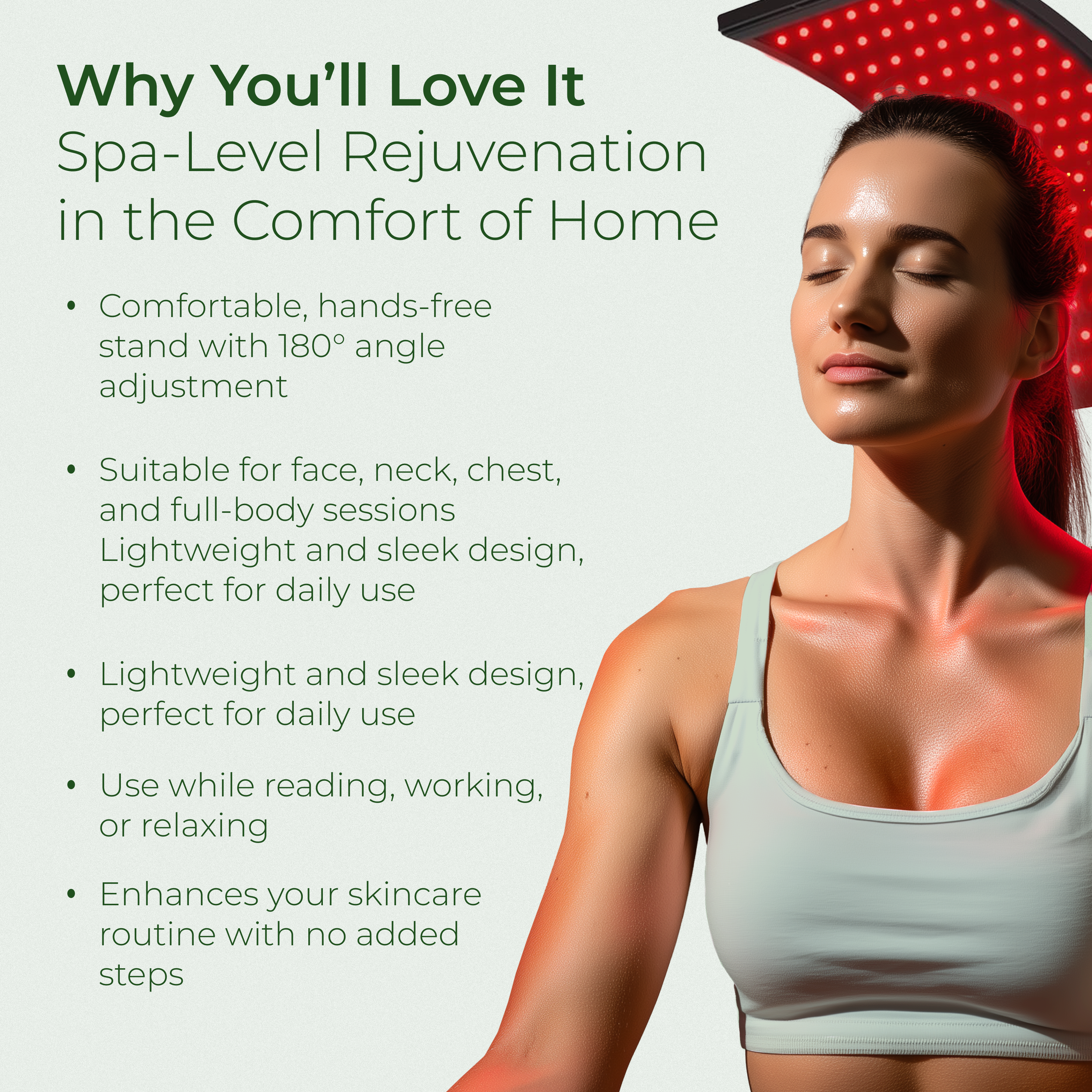
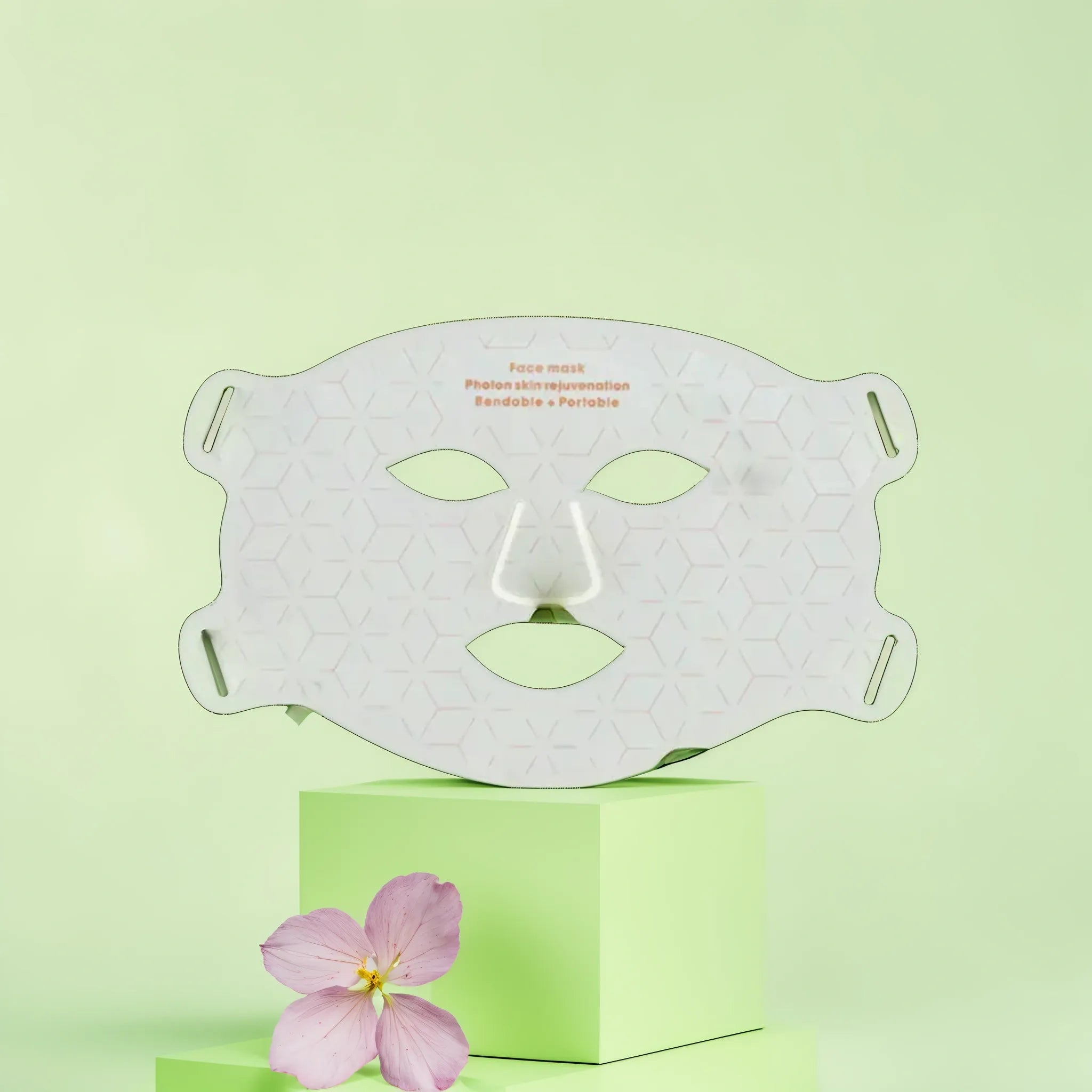
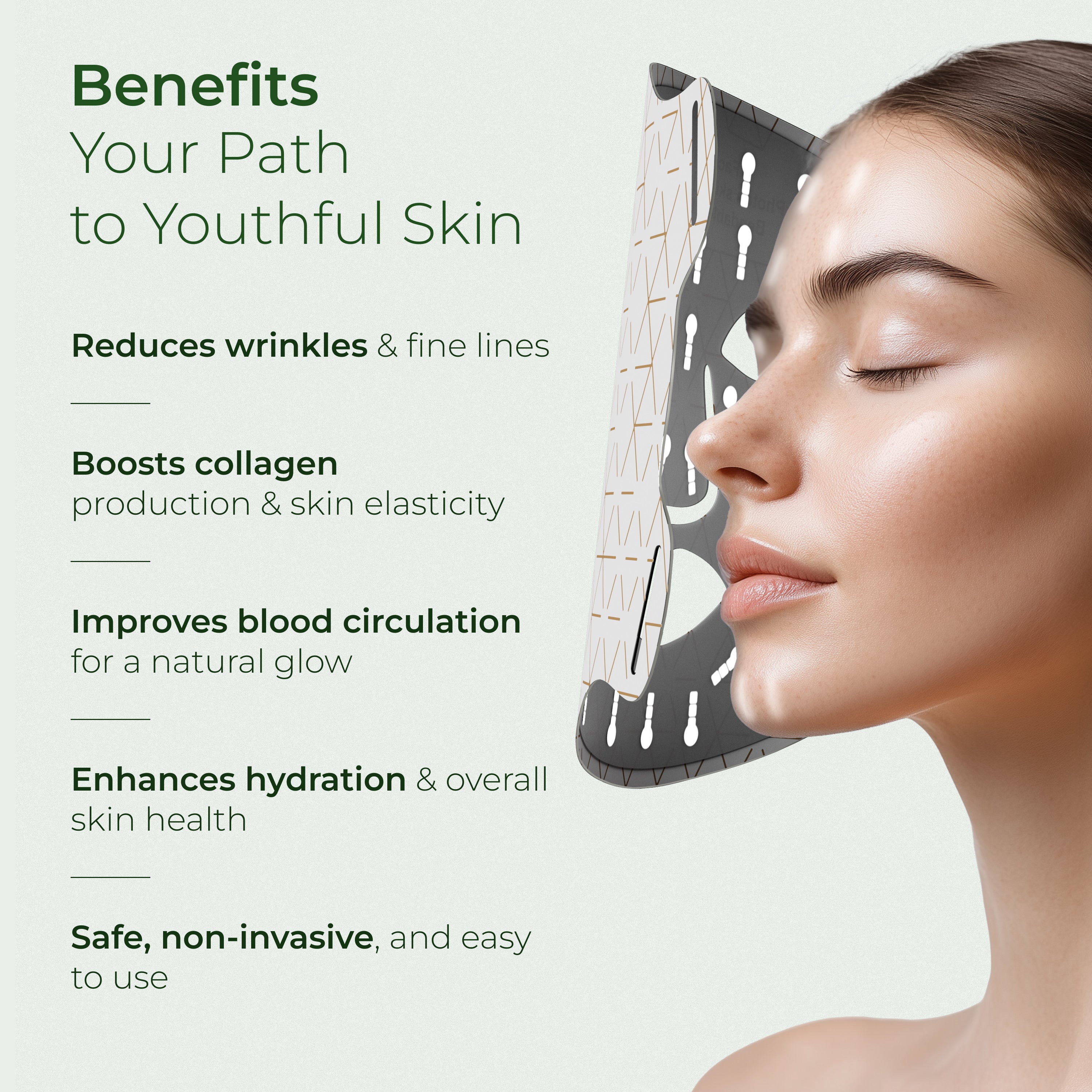


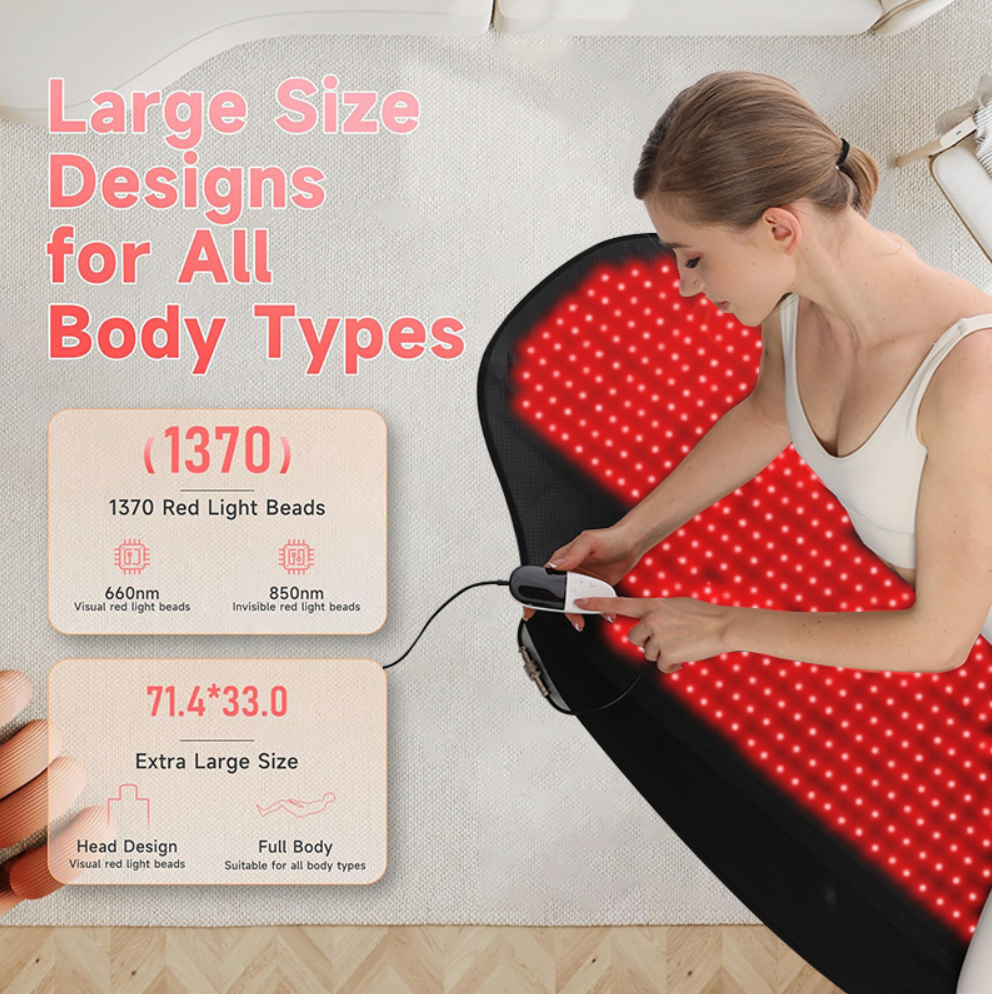
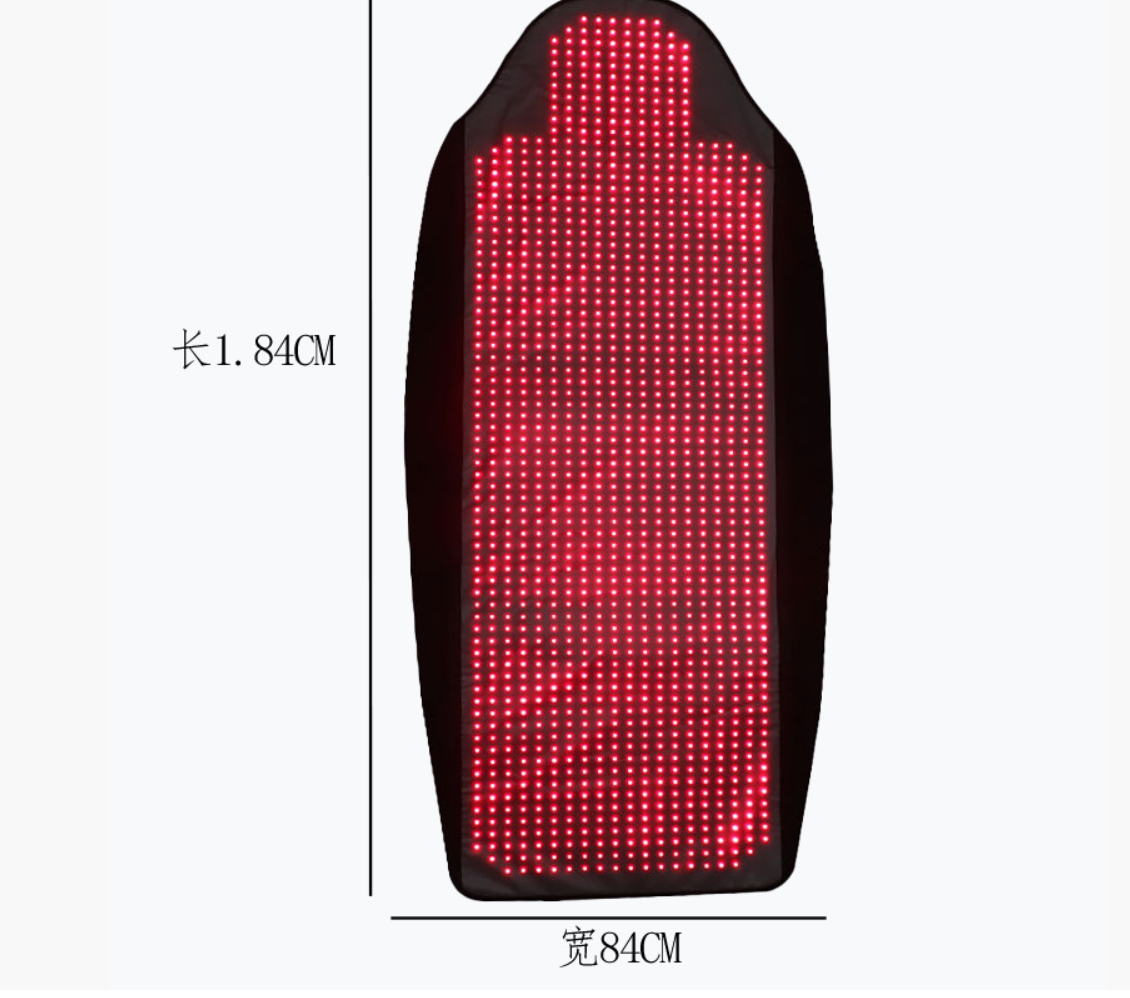


Dejar un comentario
Este sitio está protegido por hCaptcha y se aplican la Política de privacidad de hCaptcha y los Términos del servicio.